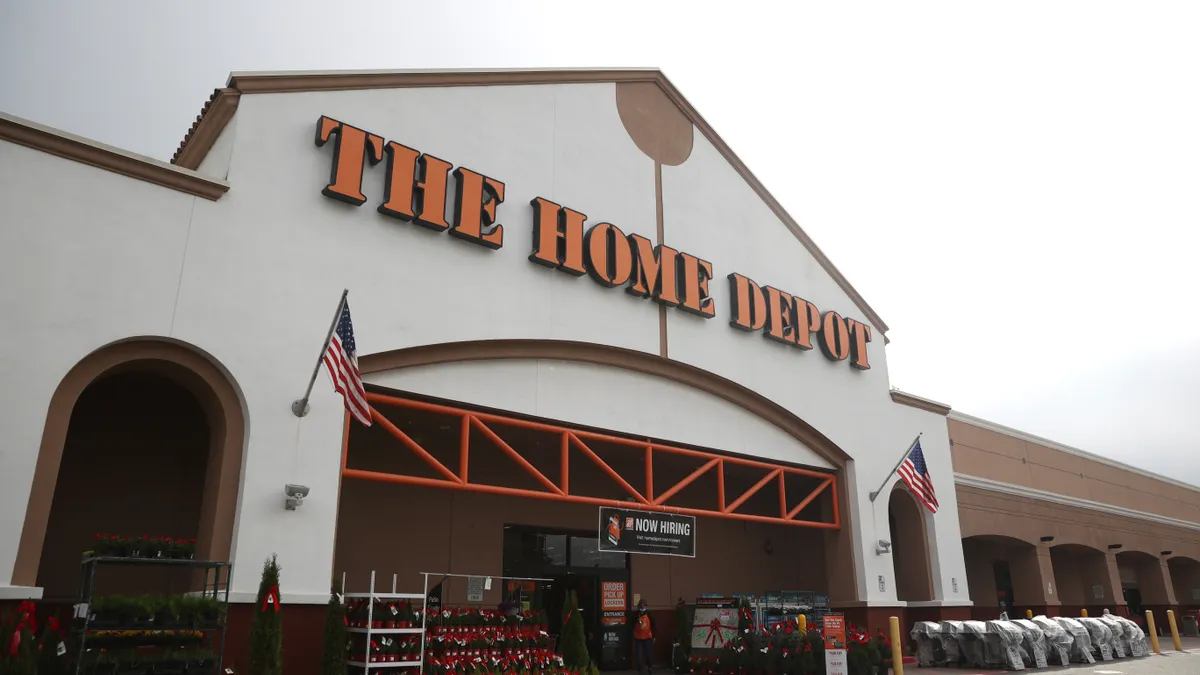The holiday season has long held the potential to supercharge retail earnings as shoppers storm inventories in search of gifts and goodies.
That's where the term Black Friday comes from — during the shopping bonanza companies in the unprofitable "red" could move into the profitable "black," wiping out losses incurred during the first few months of the year.
Now, since most shopping takes place online, the season can put a strain on technology organizations, which must ensure critical platforms can withstand the spike in transactions and website traffic. This year, consumers plan to do 57% of their shopping online, up from 42% in 2015, according to PwC data.
"Holiday readiness is a year-round activity for us," said JC Jammal, vice president of Online, Customer, and Marketing technology at The Home Depot. Testing systems for the holiday spike begins in the spring, with further testing in October.
"By the time we get there, we're fairly confident in our platform," Jammal said.
To uphold systems through the holiday season, Home Depot — which operates more than 2,300 stores — relies on a combination of manual and automated failover mechanisms, site reliability engineering and scalability.
"We have a level of confidence that our systems are going to be able to perform, and that we have the right failovers in place should something go bump in the night," Jammal said.
Why holiday seasons are tough on IT
The final stretch of the year, with its back-to-back holidays and sizable spikes in consumer demand tests supply chains and IT systems. Businesses need to respond quickly to changes in consumer behavior.
"The things that customers are looking for the weeks going into Thanksgiving change very quickly after Thanksgiving and we start to focus on Christmas," Jammal said. "Then, right after Christmas we've got to change our focus again."
Unsurprisingly, Jammal credits an early move to the cloud with the company's ability to respond to shopping trends.
"The move to cloud in particular has given us the flexibility to scale up and down very quickly in response to what we're seeing in the online world," Jammal said. "Over the last three years, there's been a dramatic increase in web traffic and demand for our products. We've been able to roll with that and meet that demand head on."
Another strategy toward flexibility was early reliance on Agile methodologies, which led to fast deployment of curbside pickup capabilities in the early phase of pandemic response.
There's also a standalone Home Depot team dedicated to site reliability.
"Site reliability engineering for us is a dedicated function," Jammal said. "We have a large team that focuses on that and supports our development and engineering teams."
The team has developed additional monitoring and alerting capabilities for the company, but it has also built scalability into critical systems: from e-commerce and fulfillment to connections into supply chain systems and order management.
This lets systems "grow to whatever demand looks like on the holiday side of it, or whether it's other market factors that bring that demand to us," Jammal said.













